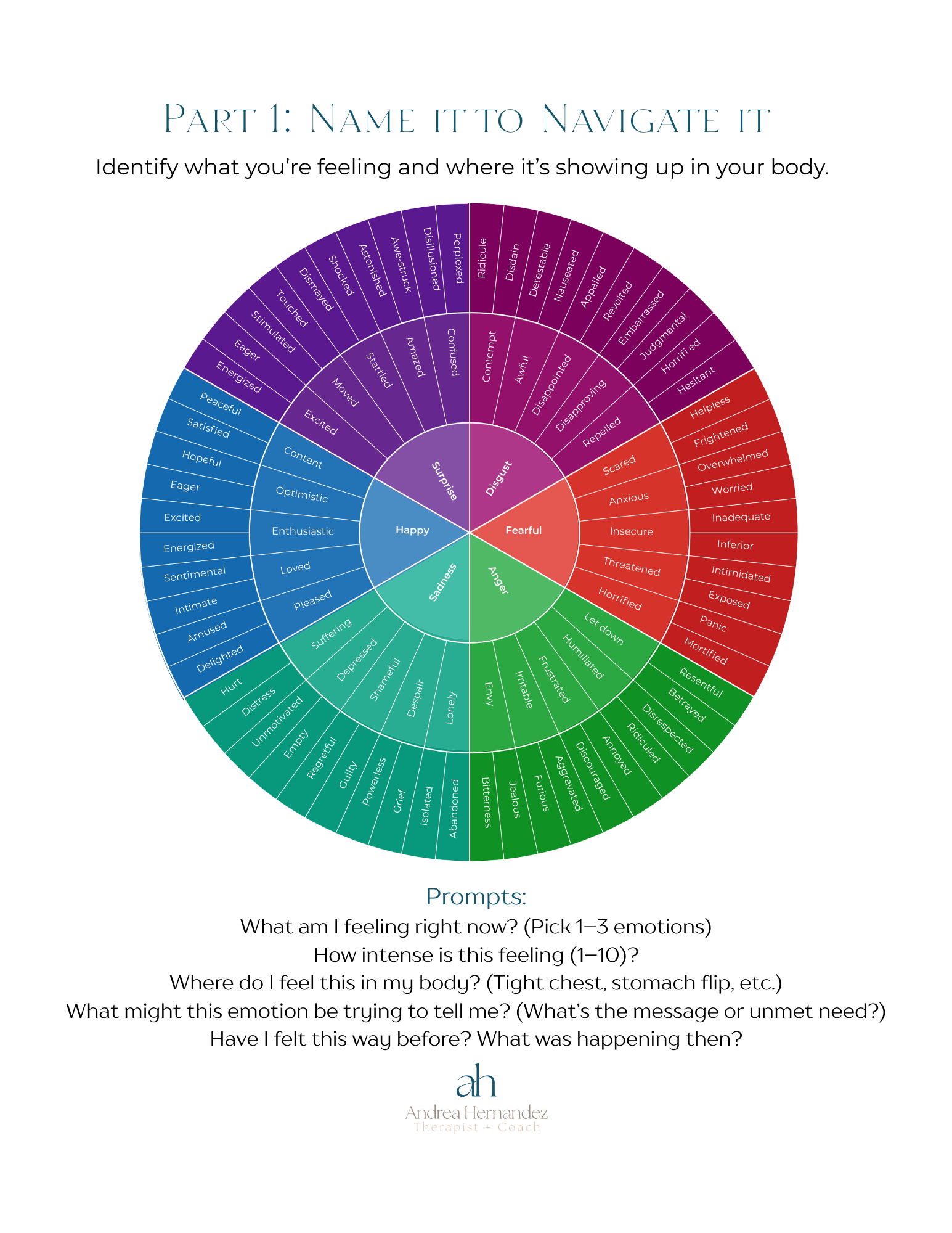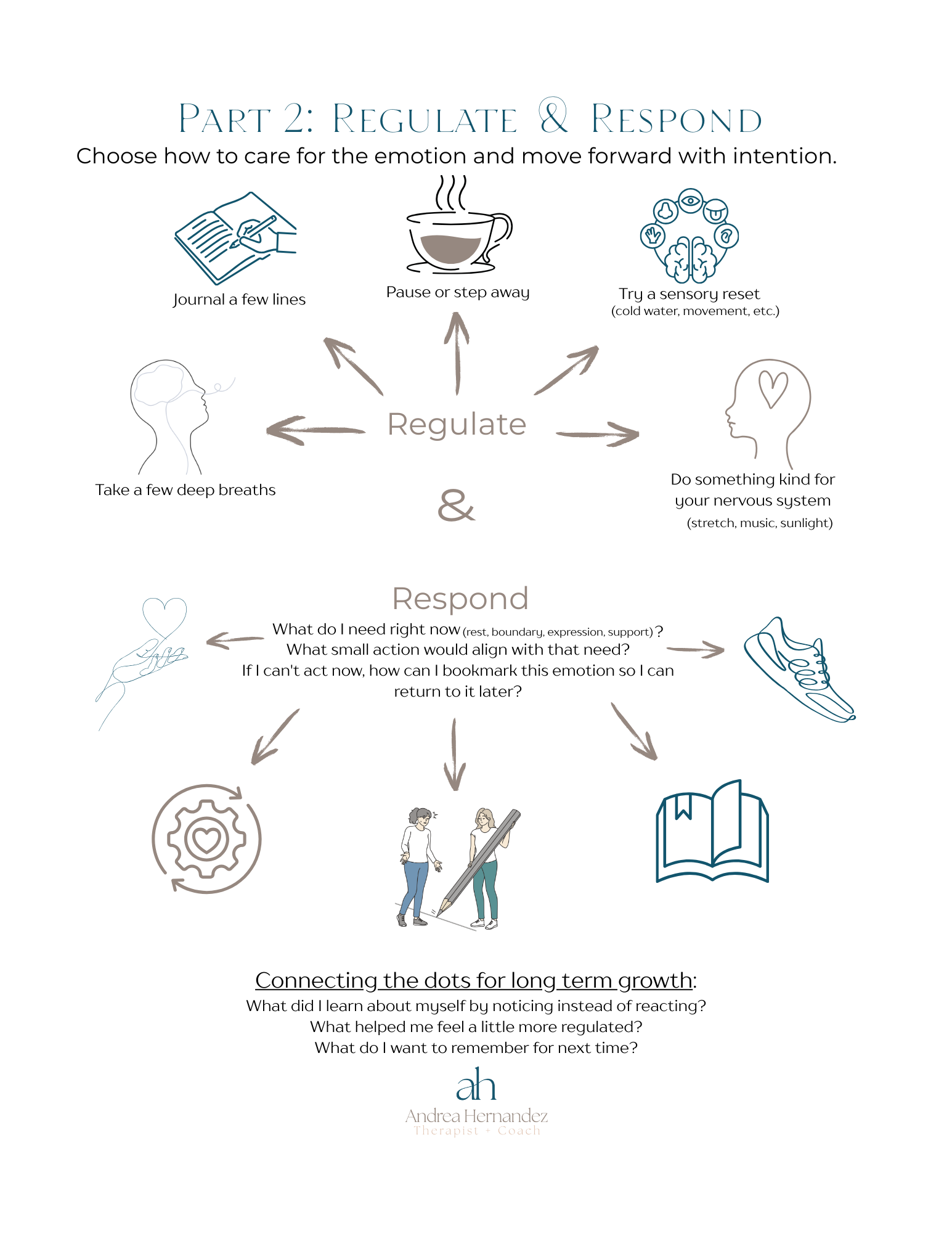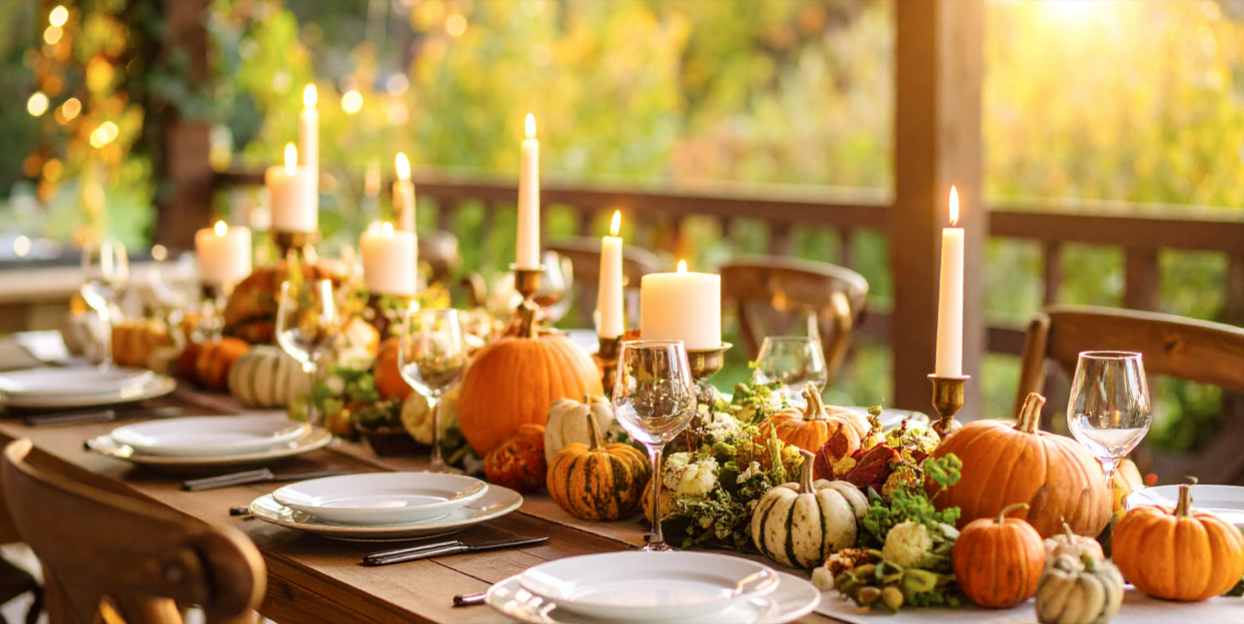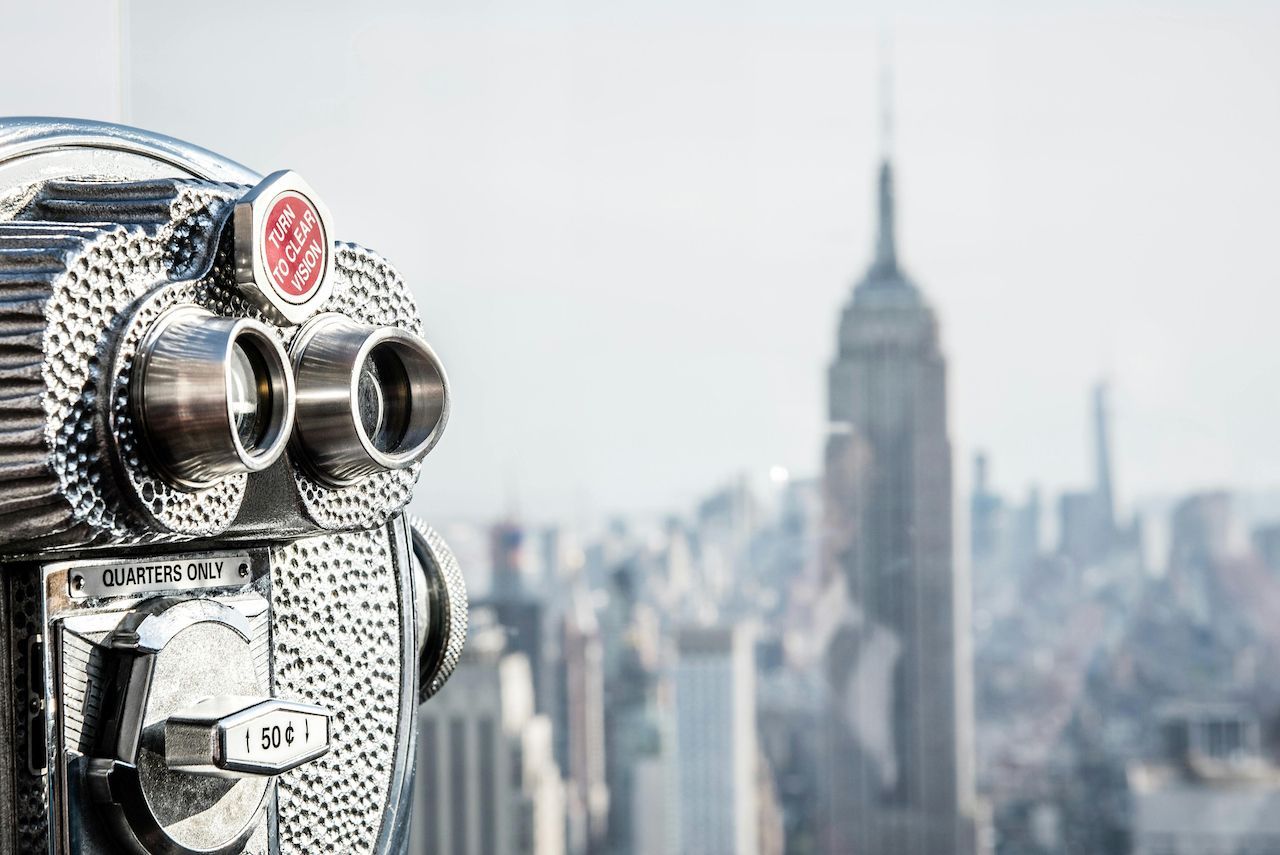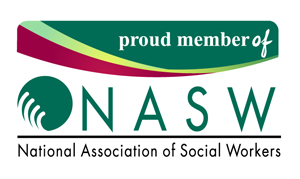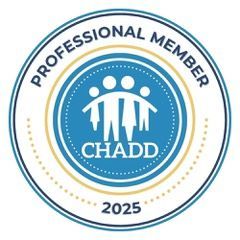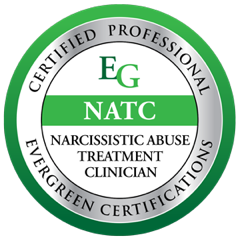How to Prioritize in the Moment—Even When You’re Overwhelmed
Ever feel like your brain hits a wall the moment you try to figure out what to do next? You’re not alone.
When you're overloaded—emotionally, cognitively, or just plain exhausted—your ability to prioritize doesn't just get fuzzy. It can vanish. You might find yourself procrastinating, jumping between tasks, or saying "yes" to something you don’t have the bandwidth for simply because it feels easier than sorting through the mental noise.
This is especially true for people with ADHD, executive function challenges, anxiety, or burnout. In those moments, what you need isn't a complicated planning system or a full to-do list overhaul.
You need a
reset
that meets your brain where it is—right here, right now. That’s where real-time prioritization comes in.
Why “Just Focus” Doesn’t Work
Most productivity advice assumes your brain is already regulated. But when you’re overstimulated, tired, or emotionally drained, even simple decisions can feel impossible. That’s not laziness—it’s executive function overwhelm.
In these moments, your nervous system is wired for reactivity, not discernment. Which means prioritization needs to be:
● Fast
● Gentle
● Decision-sparing
That’s what the
Real-Time Prioritization
tools are designed to do. They don’t ask you to push harder—they help you get clear faster.
Three ADHD- and Anxiety-Friendly Prioritization Tools
1. Stop Light Sort
This simple tool helps you stop spinning and start sorting.
Ask:
● What can I say yes too easily?
● What might be okay later—but not today?
● What’s a clear no (or not mine to carry)?
When to use it:
When you’re overwhelmed, mid-task, or trying to figure out how to respond to a request. It’s also great for boundary-setting when you feel pressure to say “yes.”
Think of it as a quick filter—not a final judgment.
2. Hell Yes! or No.
This one is about
discernment, not just desire. If something isn’t a clear yes—excited, aligned, and doable—it’s a no (or at least a pause).
Ask:
● Am I resourced enough for this?
● Would I say yes if I didn’t feel guilty?
● WhatamIsayingnotoifIsayyes?
When to use it:
When someone asks something of you and your default is to people-please.
When your calendar is already full, but you’re tempted to squeeze one more thing in.
When a part of you is excited and another part is exhausted.
This isn’t about being selfish—it’s about respecting your own bandwidth.
3. Time + Energy Mini-Scan
This tool flips the question from “What should I do next?” to “What can I actually do next?”
Ask:
● What kind of energy do I have right now? (Focused? Foggy? Social? Creative?)
● What’s the best use of this next block of time?
When to use it:
Between meetings. After a crash. When you're staring at your to-do list and nothing makes sense.
This tool builds executive function from the
bottom up—starting with energy, not just urgency.
Why These Tools Work
They’re quick. They reduce decision fatigue.
And maybe most importantly—they’re rooted in
self-trust, not shame.
Over time, using these tools helps you:
● Stay oriented to what’s possible right now
● Say no without guilt
● Match tasks to your real capacity
● Protect your energy before burnout hits
You don't have to overhaul your life to reduce overwhelm. Sometimes all it takes is one grounded question to shift your next step.
Final Thought: When You're Low on Capacity, Start Small
Your brain doesn’t need more pressure—it needs clarity.
The tools in the
Real-Time Prioritization
handout are meant to work
with
your nervous system, not against it. Think of them as internal check-ins—simple ways to move from spinning to centered.
Download the free handout [insert link] or keep a printed copy on your desk, notebook, or fridge.
Because the next best step doesn’t have to be perfect. It just has to be possible.
Want support?
If you’re noticing emotional overload, confusion, or relational stress on a daily basis, you're not alone. Whether through therapy or coaching, I help clients untangle these dynamics, reconnect with themselves, and move forward with clarity and self-trust.
Explore my
free resource library or
get in touch if you're ready to start untangling the overwhelm.
Please complete the form below to gain access to my handouts library.
